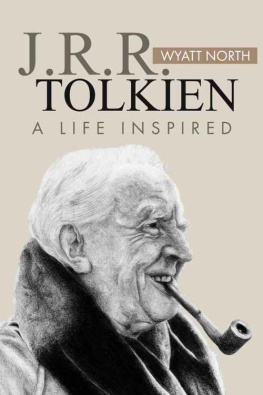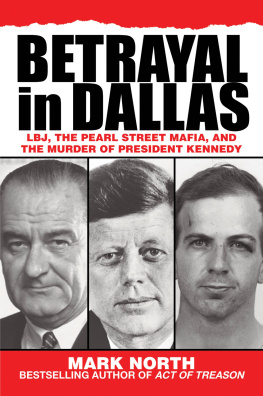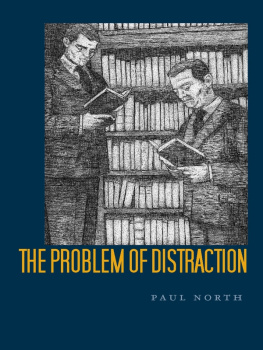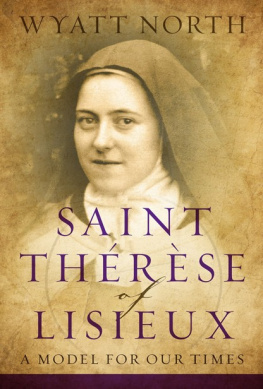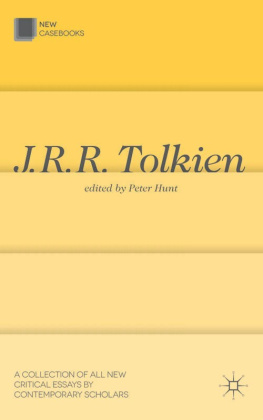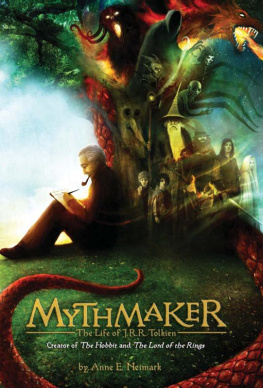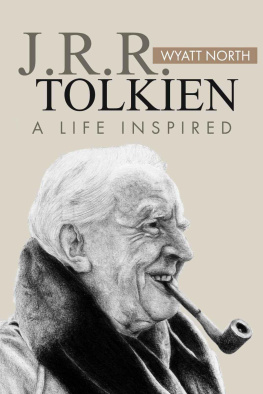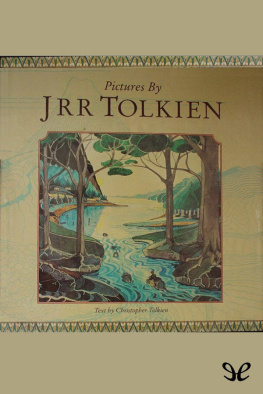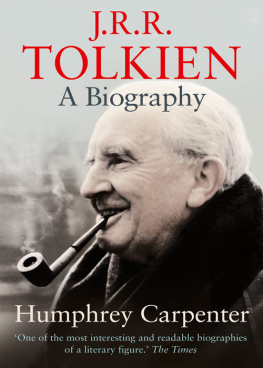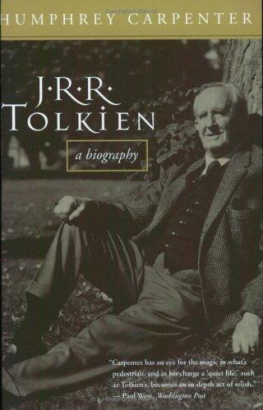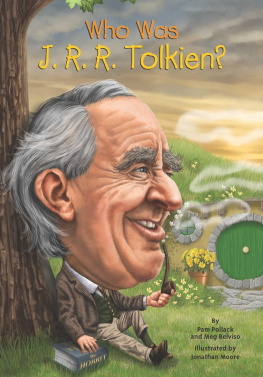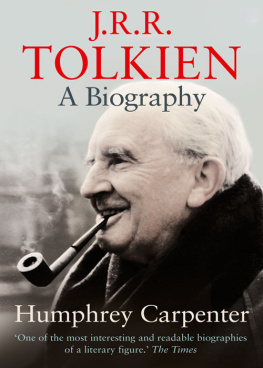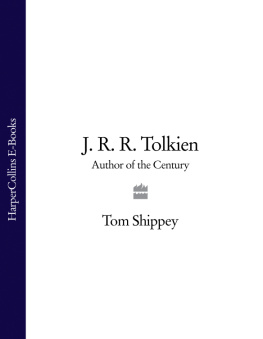Thank you for downloading this Wyatt North eBook
Never miss a book from Wyatt North, and receive FREE inspirational eBooks for your eReader!
Thousands of readers have already joined. Sign up for free today.
Click here for free eBook offers!
Wyatt North Publishing, LLC 2014
Publishing by Wyatt North Publishing, LLC. A Boutique Publishing Company.
Wyatt North and A Boutique Publishing Company are trademarks of Wyatt North Publishing, LLC.
Copyright Wyatt North Publishing, LLC. All rights reserved, including the right to reproduce this book or portions thereof in any form whatsoever. For more information please visit http://www.WyattNorth.com .
Cover design by Wyatt North Publishing, LLC. Copyright Wyatt North Publishing, LLC. All rights reserved.
Cover image John Ronald Reuel Tolkien - autor m.in. Wadcy Piercieni, Hobbita i Silmarillionu. Dzi
Scripture texts in this work are taken from the New American Bible, revised edition 2010, 1991, 1986, 1970 Confraternity of Christian Doctrine, Washington, D.C. and are used by permission of the copyright owner. All Rights Reserved. No part of the New American Bible may be reproduced in any form without permission in writing from the copyright owner.
Table of Contents
Introduction
John Ronald Reuel Tolkien was Professor of Anglo-Saxon (Old English) at the University of Oxford. He specialized in Old and Middle English but also taught Icelandic and Finnish as well as medieval mythology. His research on Beowulf is still considered a standard in the field. By itself, this would make him an exemplary academic but would most likely not recommend him as the topic of a book. Tolkien, however, unlike most Oxford dons, stepped out of his role as professor to create popular literature. Or rather, he used his professorial scholarship to reach out to the public with his subject in an unusual way: by drawing upon his expansive knowledge, he created a new mythology for the modern age.
Tolkiens best-known writings were The Hobbit and The Lord of the Rings, but he also wrote other works, including The Silmarillion, Father Giles of Ham, Mr. Bliss, Roverandom, and the scholarly The Monsters and the Critics. In his writings, he created a fully realized world known as Middle-earth, vaguely identifiable as Northern Europe in a pre-history that never was. To bring his world to life, he produced detailed geography and cartography as well as a legendary background. He peopled the world with diverse types of inhabitants and created spoken and written languages for them. By doing this, he essentially created modern fantasy literature and a standard for subsequent writers to chase and miss. A British poll at the end of the twentieth century named The Lord of the Rings the most important English-language work of that century.
During his lifetime, Tolkien did not appreciate people focusing on him rather than on his writings. He felt that his writings were more worthy of attention. With apologies to the late gentleman, he is now due some notice.
Early Life
Mabel Suffield of Birmingham, England, was only eighteen years old when she received a proposal of marriage from Arthur Reuel Tolkien, who was thirteen years her senior. Because of Mabels youth, her parents denied her their permission, but Arthur persevered over the following two years. In the end, he won her hand, but not before making some drastic changes to his prospects, which in Birmingham were quite limited. With little possibility of advancement at Lloyds Bank, Arthur decided to try his chances in South Africa. Securing a position with the Bank of Africa, he quickly worked his way up the ladder. He eventually became a branch manager in Bloemfontein, about 650 miles northeast of Cape Town. Bloemfontein was the capital of the Orange Free State, which at the time was a sovereign Boer republic but in 1910 would become part of the Union of South Africa.
Shortly after Mabels twenty-first birthday, she left by boat for Africa, and the couple was married in Cape Town on April 16, 1891. They then traveled by rail to Bloemfontein, where Mabel tried to make the best of her rather provincial location. Whereas Arthur loved his new country, the heat and dust from the veldt irritated Mabel, and it wasnt long before she began looking forward to home leave back in England. Very soon, however, her and Arthurs first son arrived to keep her company. John Ronald Reuel, known as Ronald in his early years, was born somewhat prematurely on January 3, 1892. A brother, Hilary Reuel, followed in February 1894.
When young Ronald became ill, his parents decided that Mabel should take the children back to England so that he could recuperate in the cooler climate. She returned to England without Arthur in April 1895 since Arthur didnt feel that he could leave his work at the time. He expressed the intent to come later, but kept procrastinating. After some months, word reached Mabel that Arthur had contracted rheumatic fever. She began making preparations to return to Bloemfontein to tend him, but Arthur developed complications and died in February 1896. He was buried alone in the Anglican cemetery, with his loved ones far away. The family never returned to South Africa.
Ronald was five when he lost his father, and by that time they had already been separated for many months. Despite his young age, he did retain a handful of strong memories of Africa, such as the time he was bitten by a tarantula. Readers of The Hobbit may recognize this as a source of inspiration for Bilbos unpleasant encounter with giant spiders. Sadly, Ronalds only memory of his father was of Arthur leaning over a steamer trunk, paintbrush in hand, painting Ronalds name for identification.
With only a small income from mine stock, Mabel was now dependent upon assistance from her family. She settled herself and the boys in the tiny hamlet of Sarehole, nestled amidst a bit of old forest not far outside Birmingham. The few houses of Sarehole hugged a road along which cows were driven to market in the city. The contrast between the harsh aridity of Africa and Ronalds lush new surroundings was particularly affecting, and he learned to love the English countryside deeply. Together with his younger brotherthe two of them dressed in Little Lord Fauntleroy outfits with matching long hairRonald blissfully roamed the nearby Warwickshire countryside, a part of the West Midlands region. Its natural beauty, complete with thick woods, Moseley Bog, two mills with millponds, and flowered meadows and dells, would remain in his memory to be tapped periodically by his muse. Tolkiens final story, Smith of Wootton Major, was a panegyric to Sarehole, which had by then been swallowed by Birmingham. Today, however, Sarehole Mill has been restored, Tolkiens childhood house survives, and there exists a lively business in Tolkien tours.
In Sarehole, Mabel homeschooled the children. Ronald was able to read by the early age of four, and Mabel incorporated French, German, and Latin into the curriculum as well. Tolkien later credited both his love of philology and love of romance to his mother. Her curriculum also included lessons in handwriting, which was particularly stylized since the Suffield family had been engravers in generations past and the talent had survived in Mabel to be passed on to Ronald.
Mabel also included a healthy dose of fairy tales in her childrearing. One of Ronalds favorite authors was George MacDonald, a minister who wrote tales of dragons and goblins. MacDonald was a mentor to Louis Carroll, and his childrens fantasies are said to have influenced writers ranging from Tolkien and C. S. Lewis to Madeleine LEngle. By age six, Ronald was already attempting to write a poem about a green dragon.
Next page
